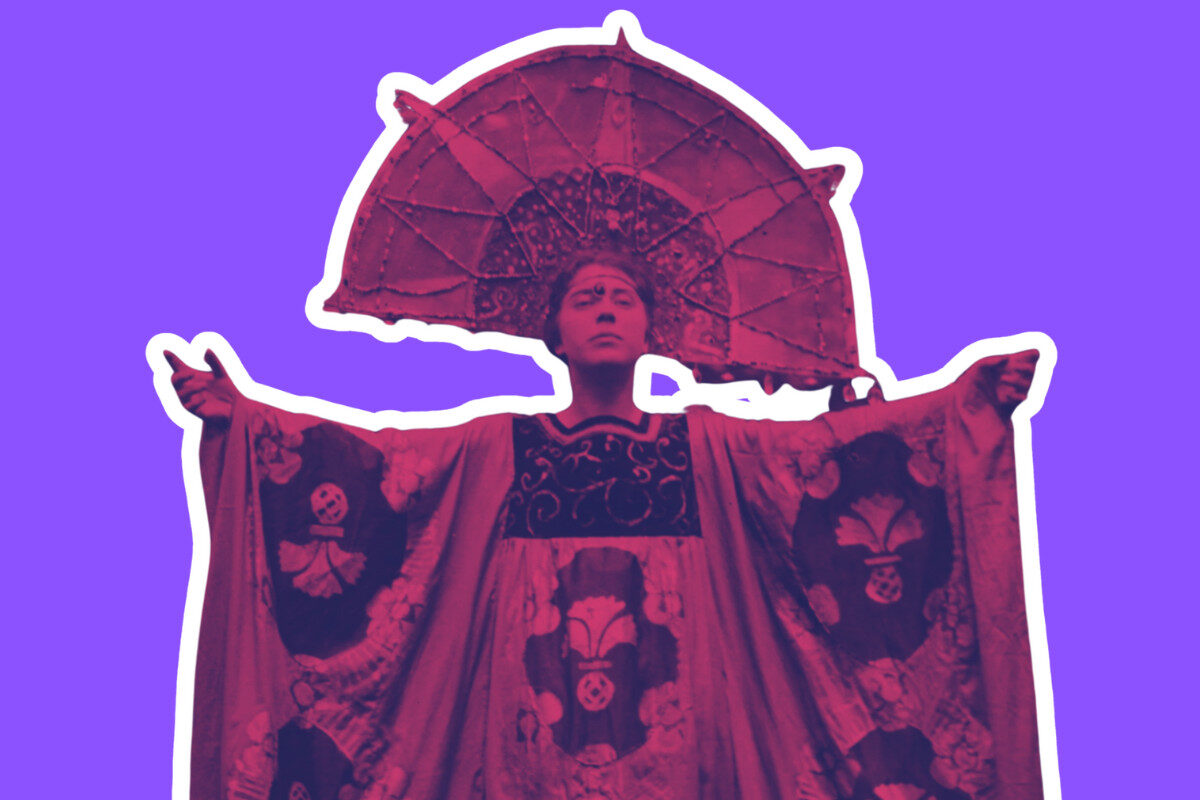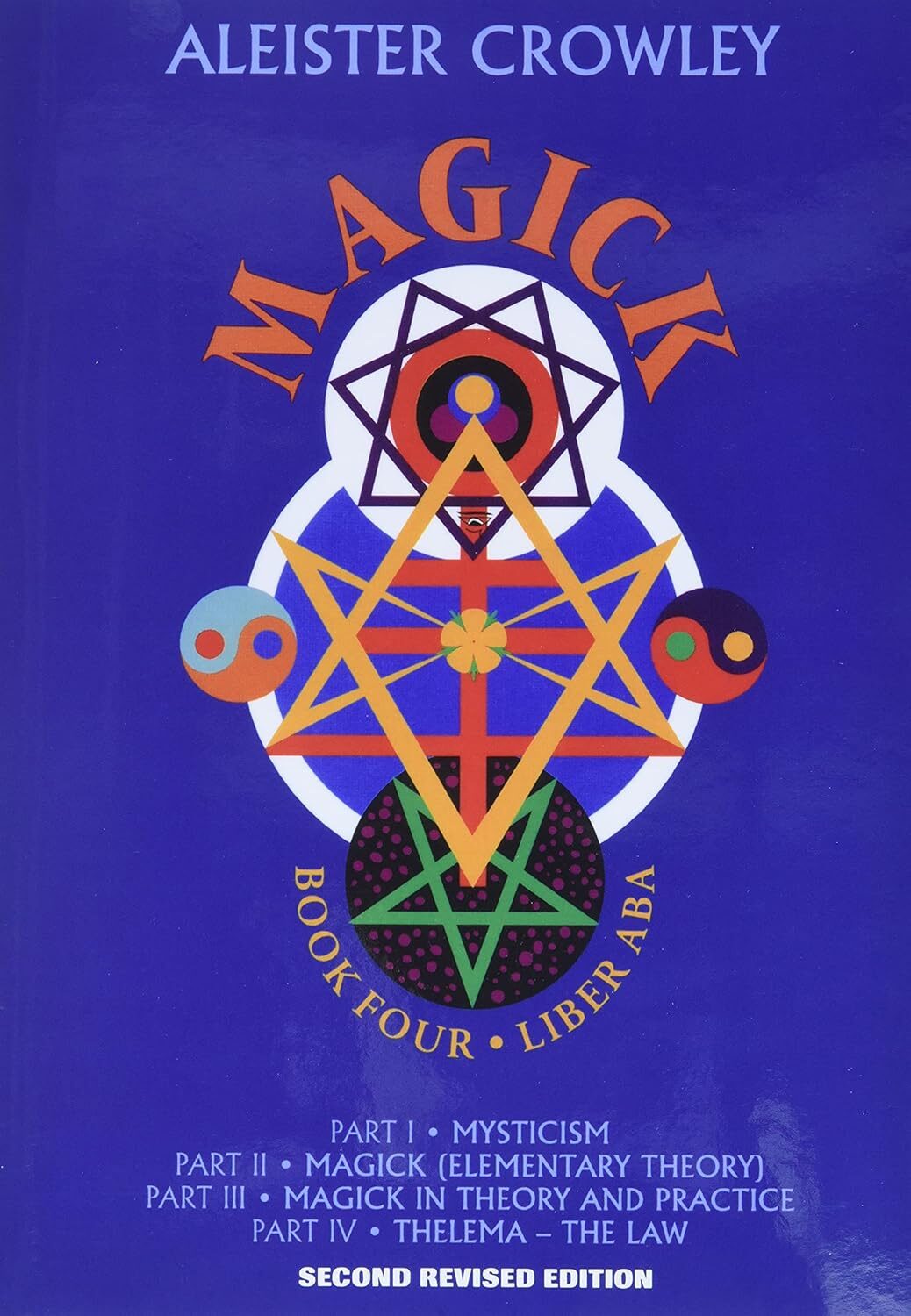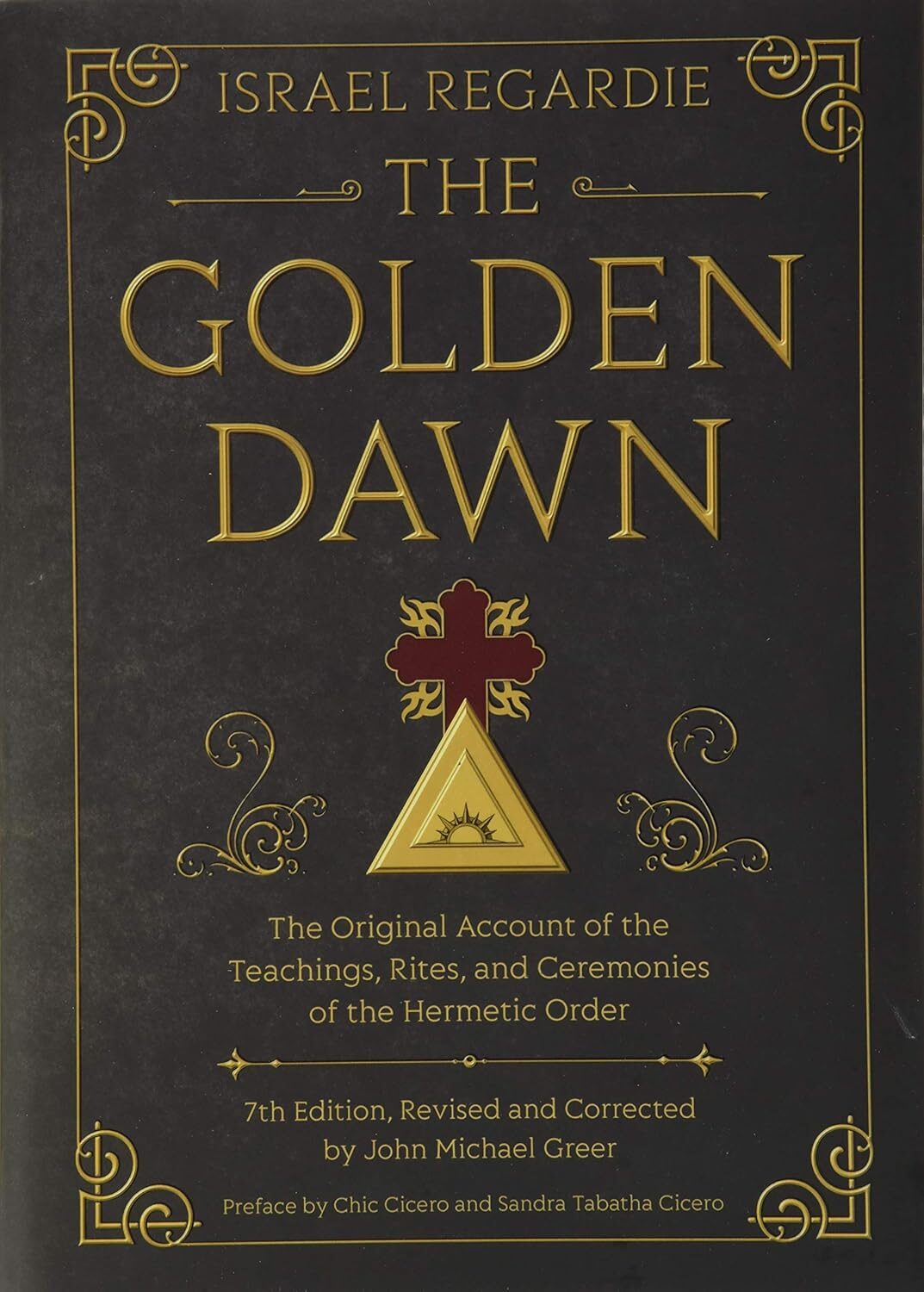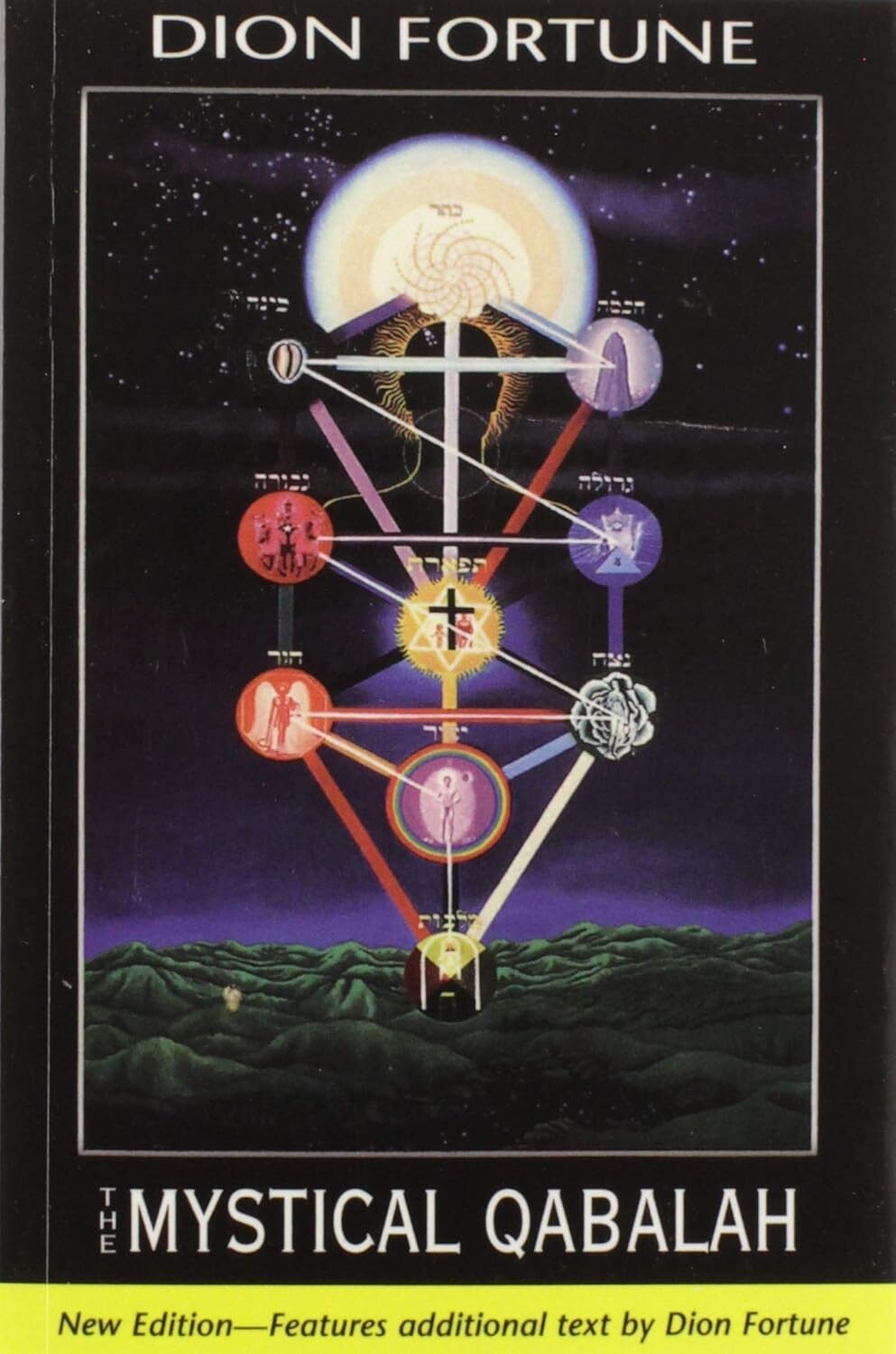Who Was Dion Fortune?
The Occultist Who Merged Magic, Psychology, and Mysticism
Dion Fortune (1890–1946), born Violet Mary Firth, stands as one of the foundational figures of modern Western esotericism.
A trailblazing ceremonial magician, visionary mystic, and trained depth psychologist, Fortune didn’t just participate in the occult revival of the early 20th century, she is one of the main reasons why it is still active and existent today.
Without Fortune, modern occultism would be a much weaker school of thought than it is today. From ceremonial magick to Qabalah, Fortune’s thoughts and practices laid the groundwork for the next 100 years.
Decades before the term “mind-body-spirit” became mainstream, Fortune was already integrating psychoanalytic insight with ritual practice, inner plane contacts, and magical symbolism.
Her approach was radical for the time: combining Freud, Jung, and Hermetic Qabalah into a coherent spiritual system that spoke to the subconscious as much as the soul.
“Magic is the art of causing changes in consciousness according to will.”
Her work laid the groundwork for much of what we now see in:
- Modern Witchcraft and Wicca
- Jungian-influenced spiritual psychology
- Goddess revivalism and Pagan feminism
- Energy healing and psychic protection techniques
- The Western Mystery Tradition as taught in Hermetic orders
Today, her books,The Mystical Qabalah, Psychic Self-Defense, and The Sea Priestess among others, remain required reading for serious students of the occult.
Her influence lives on through the still-active Society of the Inner Light, through modern esoteric schools and courses, and through the many neopagan and magical communities that have drawn from her teachings.
Early Life & Spiritual Awakening
Born in North Wales into a spiritually inclined English family, Fortune showed signs of psychic sensitivity from a young age.
These early visions and mystical experiences pushed her to explore deeper spiritual currents.
“The difference between magic and meditation methods is the difference between drugs and diet—medicines will do swiftly what diet can only effect slowly, and in critical cases there is no time to wait for the slow processes of dietetics, so it must be either medicines or nothing. Nevertheless, drugs are no substitute for right diet and wholesome regime, and although magic enables a speedy and potent result to be attained, is is only by means of right understanding and right ethics that the position which has been won can be held.”
She studied psychology at the University of London and later worked in psychoanalysis, drawing on both Freudian and Jungian schools of thought.
But she wasn’t content with theory alone. Her real interest lay in how the mind interacts with spiritual forces, a question that would define her entire magical career.
Initiation and Foundations: Fortune’s Path Through the Western Esoteric Tradition
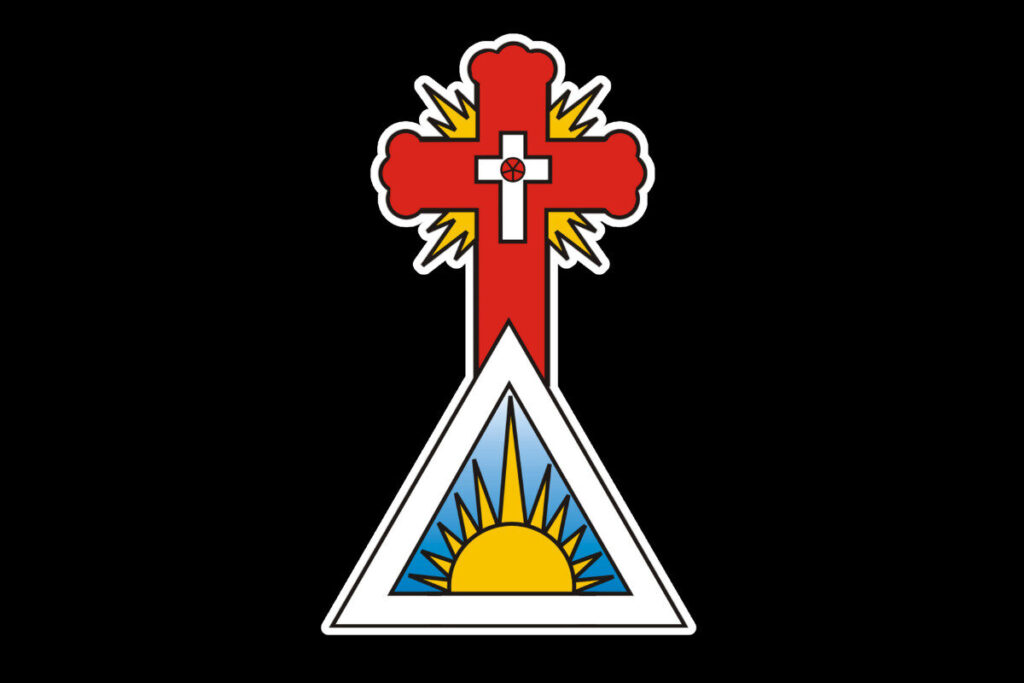
Dion Fortune’s magical journey began in earnest after World War I, but her esoteric education followed a well-established lineage of Western occultism.
Like many of the most influential occultists of her era, she passed through the Hermetic Order of the Golden Dawn, the secret society responsible for formalizing and transmitting much of what we now call modern ceremonial magic.
The Golden Dawn (Joined 1919)
Founded in 1888, the Golden Dawn systematized centuries of Hermetic philosophy, Qabalistic cosmology, alchemy, astrology, and magical practice into a structured, initiatory path. Members studied a tiered system of degrees, each aligned with elements, planets, and the Sephiroth of the Qabalistic Tree of Life.
By the time Fortune joined in 1919, the original order had splintered, and she was initiated into the Alpha et Omega, one of its surviving offshoots. Her main teacher during this time was Maiya Curtis-Webb, a longstanding family friend and senior initiate.
Despite being critical of the group’s aging leadership and its rigid rituals, she credited the Golden Dawn with exposing her to the authentic Western Mystery Tradition—particularly its Qabalistic framework, which became central to her later teachings and books like The Mystical Qabalah.
Key Texts Studied in the Golden Dawn:
- The Tree of Life (Qabalah)
- Planetary and Elemental Rituals
- Angelic Invocations (e.g., Enochian Magic)
- Tarot as Initiatory Symbolism
The Influence of Theodore Moriarty (Mentor, 1917–1923)
Before and during her time in the Golden Dawn, Fortune also studied under Theodore Moriarty, a lesser-known but deeply influential esoteric healer and Freemason. She became part of his inner circle, absorbing teachings on psychic protection, magical healing, and metaphysical cosmology.
Moriarty emphasized practical occultism—especially exorcism, etheric attachments, and soul parasitism—concepts that Fortune would later adapt into her breakthrough book Psychic Self-Defense (1930). She later fictionalized Moriarty as Dr. Taverner in her short story collection The Secrets of Dr. Taverner (1926), a blend of real magical cases and literary drama.
Contact with the Ascended Masters (1922–1925)
Parallel to her outer training, Fortune increasingly engaged in trance mediumship, often with fellow occultist Charles Loveday. Together, they claimed to receive teachings from Ascended Masters—non-physical spiritual intelligences akin to those described in Theosophical literature.
Notable entities she claimed to contact included:
- The Master Jesus
- The Master Rakoczi
- The Watchers of Avalon (spiritual guardians of Glastonbury)
- David Carstairs (a British officer killed at Ypres)
Between 1923 and 1925, Fortune and Loveday channeled an esoteric cosmology called The Cosmic Doctrine—a complex map of the universe’s creation and structure, meant not as literal truth but as a “set of symbolic patterns for training the mind.” It was published posthumously in 1949.
Founding the Fraternity of the Inner Light (1924)
Following tensions with the Alpha et Omega (she was eventually expelled by Moina Mathers in 1927), Fortune founded her own esoteric order: The Fraternity of the Inner Light, formally established in 1924. It was renamed The Society of the Inner Light after her death in 1946.
Key Features of the Order:
- Initiatory Structure: 3 Degrees (Outer Court and Lesser Mysteries) leading to deeper ‘Greater Mysteries’
- Monthly Meetings: London-based, with structured temple rituals and meditations
- Curriculum: Hermetic Qabalah, Christian Mysticism, Inner Plane Contact, Psychic Training
- Publications: The Inner Light magazine (est. 1927), correspondence courses, and lecture series
- Spiritual Emphasis: Embraces a Christic center while recognizing the validity of pre-Christian gods as symbolic archetypes
The Society of the Inner Light still meets in London today. It runs a mix of in-person and remote learning programs, offering both introductory and advanced paths for those committed to long-term esoteric training.
Timeline: Dion Fortune’s Esoteric Milestones
| Year | Event |
|---|---|
| 1919 | Initiated into Alpha et Omega (Golden Dawn offshoot) |
| 1922 | Begins mediumship work; contacts Ascended Masters |
| 1923–25 | Receives The Cosmic Doctrine via trance sessions |
| 1924 | Founds the Fraternity of the Inner Light |
| 1926 | Begins ritual work in Glastonbury, establishes outer court |
| 1927 | Expelled from Alpha et Omega; shifts fully to her own order |
| 1930s | Focuses on public teaching, books, and private ritual |
| 1939–45 | Leads wartime meditations for Britain’s defense |
| 1946 | Dies of leukemia; Society of the Inner Light continues on |
Areas of Expertise
Fortune’s work crossed many domains, but here’s what she’s best known for:
- Ceremonial Magic: Rooted in Golden Dawn methods, she refined and adapted rituals for personal and group spiritual development.
- Psychological Esotericism: She was among the first to apply Jungian archetypes and Freudian analysis to magical practices.
- Mediumship and Inner Plane Work: Claimed contact with inner teachers formed the basis of many of her teachings.
- Christian Mysticism Meets Pagan Myth: Especially visible in her love of Glastonbury, sacred landscape, and Arthurian legend.
- Esoteric Leadership: A trailblazer in founding and running magical societies with clear structure, training, and ethical grounding.
Notable Works You Should Know
Dion Fortune was a prolific writer, blending deep magical theory with engaging storytelling.
Here are a few of what I consider to be her must-read books:
The Mystical Qabalah
This is her magnum opus. It introduces the Tree of Life as a map of both the soul and the universe. A must-read for anyone interested in Hermeticism, and 100 years after its publication it is still one of the best introductions to kabbalah / Qabalah for aspiring practitioners.
Psychic Self-Defense
A practical guide for dealing with psychic disturbance and energetic intrusion. Grounded, no-nonsense advice that remains essential reading.
The Cosmic Doctrine
An ambitious metaphysical text received through trance. It outlines a vision of the universe from the perspective of higher intelligence.
The Secrets of Dr. Taverner
A series of occult short stories based on her real-life experiences with magical healing and psychic phenomena.
Machinery of the Mind
Her first book, exploring how psychology and spiritual forces interact.
Her Legacy in Modern Esotericism
- She laid the foundation for psychological magic—a perspective now echoed in Jungian shadow work, archetypal psychology, and even modern mindfulness.
- She influenced the development of Wicca and modern Witchcraft, especially the Goddess movement and sacred landscape work.
- Her rituals for psychic protection and magical defense are still used in magical circles around the world.
- During WWII, she famously organized magical workings to protect Britain—showing how esoteric practice could be applied to real-world crises.
Dion Fortune was (and remains) one of the most influential and respected occultists of the 20th century.
Her impact reaches far beyond the niche corners of ceremonial magic.
She helped shape the very foundation of the modern Western Mystery Tradition, combining rigorous magical training with psychological insight, mystical Christianity, and a deep reverence for mythic symbolism.
While some of her contemporaries faded into obscurity, Fortune’s legacy only grew stronger after her death.
Her writings became essential reading during the occult revival of the 1960s and 1970s, a time when Western esotericism experienced a massive resurgence thanks to the countercultural hunger for alternative spirituality.
Her teachings were rediscovered by a new generation of seekers, especially those drawn to the integration of inner psychology with practical ritual work.
Fortune’s books, particularly The Mystical Qabalah and Psychic Self-Defense, are still cited today in magical training systems, mystery schools, and personal libraries of modern witches, Hermetic magicians, and pagan practitioners alike.
“Those without the gate frequently question the wisdom and right of the occultist to guard his knowledge by the imposition of oaths of secrecy.
We are so accustomed to see the scientist give his beneficent discoveries freely to all mankind that we feel that humanity is wronged and defrauded if any knowledge be kept secret by its discoverers and not at once made available for all who desire to share in it.
The knowledge is reserved in order that humanity may be protected from its abuse at the hands of the unscrupulous.”
Her influence can be seen in the rise of Wicca, Goddess spirituality, and even Jungian-inflected spiritual paths.
Crucially, Dion Fortune wasn’t just a theorist: she was a practitioner who lived her path fully.
She led rituals for national defense during WWII, pioneered trance-based magical workings with her inner plane contacts, and envisioned a future where spiritual science and esoteric wisdom could support the evolution of humanity.
Whether you’re just beginning to explore Hermeticism, or you’re deep into the mysteries of Qabalah and inner plane magic, Fortune remains a voice worth returning to, a bridge between old-world wisdom and modern spiritual practice.
Her work speaks to the serious seeker, offering not just ideas, but a lived example of what it means to walk the path with discipline, vision, and purpose.
Final Thoughts
If you’re exploring Hermeticism, Western magic, or esoteric psychology, Dion Fortune remains essential reading. She operated on the front-lines, experimented and developed unique systems, and was a master of modern Hermetic practice.
Her teachings continue to ripple through everything from ceremonial magick to goddess spirituality to modern psychological self-help.
Her life reminds us that the occult isn’t just about arcane symbols or dusty rituals, it’s about integrating mind, spirit, and soul in a meaningful, grounded way. And if that sounds like something you’d like to learn how to do, one of the best jumping-off points with Dion Fortune is The Mystical Qabalah, arguably her finest written work.
Despite its age, it was published over 100 years ago, it reads well and is easy enough to follow even for beginners. By the end, you’ll have a practical understanding of how the yoga of the west works and how to implement it into your daily practice.
